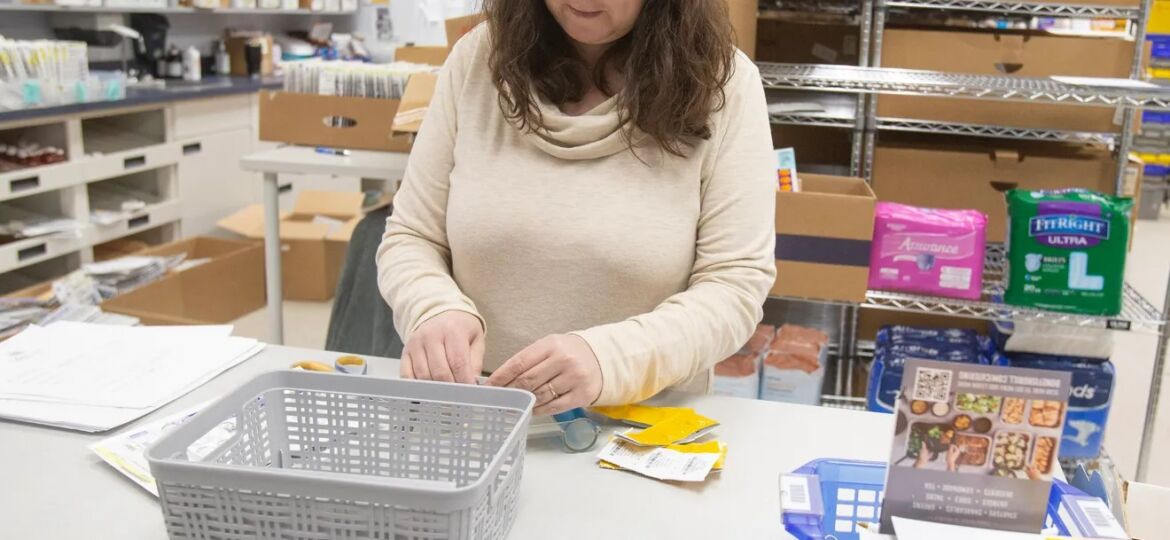
New law improves prescription drug access for low-income Ohioans

New law improves prescription drug access for low-income Ohioans
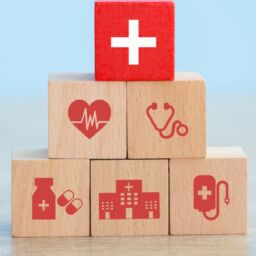
NOVA ScriptsCentral is excited to collaborate with the American Pharmacist Association to launch the “NOVA ScriptsCentral & American Pharmacist Association Safety-Net Health Equity Fellowship”.
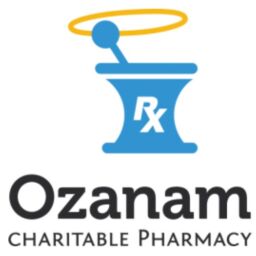
Charitable Pharmacies of America organization member receives Health Equity grant
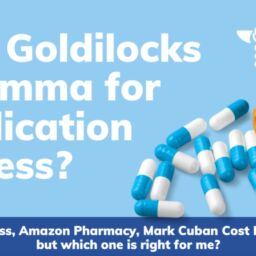
There are multiple factors that will impact an individual patient’s choice on how to go about getting their prescription medication. It can be overwhelming to navigate this complex issue.
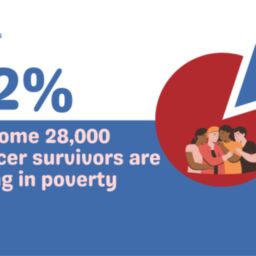
An opportunity for charitable pharmacies to collaborate with oncology practices for non-oncology medications during and after treatment.
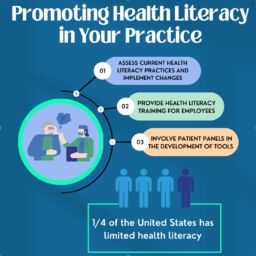
Around one fourth of the United States population does not have adequate health literacy.
Health literacy is defined as the ability to obtain, read, understand, and apply healthcare
information

A Fireside Chat with AAM Chair, Christine Baeder and Mark Cuban, Entrepreneur and Cost Plus founder
We estimate that if the PHE expires in April 2023, 18.0 million people will lose Medicaid coverage in the following…

St. Vincent de Paul Charitable Pharmacy offers article regarding impact of a charitable pharmacy on their community and patients
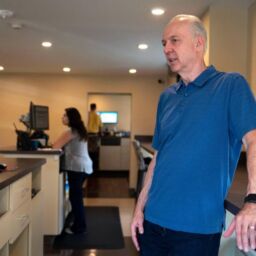
‘Unbelievably good price’: KC-area pharmacy dispenses bargain medicine — and hope Go to article

Starting Sept. 25, Americans can again order free COVID-19 tests through the federal government.

Once the continuous enrollment ends, it is estimated between 5 -14 million individuals will be affected

The pharmacy industry sees at least five changes
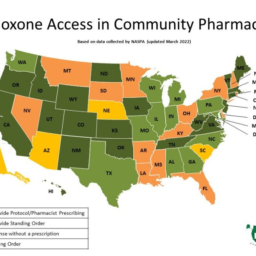
In 2011, the opioid crisis reached astounding levels with over 21,000 deaths adding to the urgency of providing aid to those who most need it
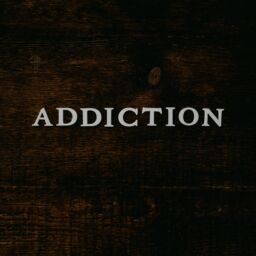
Three Healthcare Organizations Join Forces to Save Lives

Today’s release of new 2020 Census data provides population counts of nearly 1,500 race and ethnicity groups and American Indian and Alaska Native (AIAN) tribes and villages.

